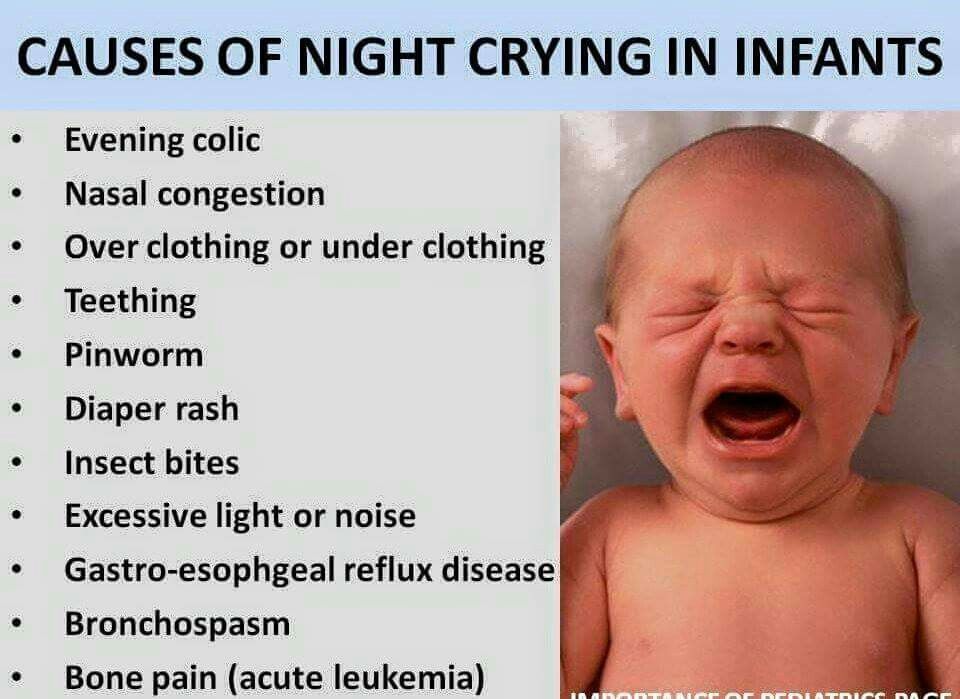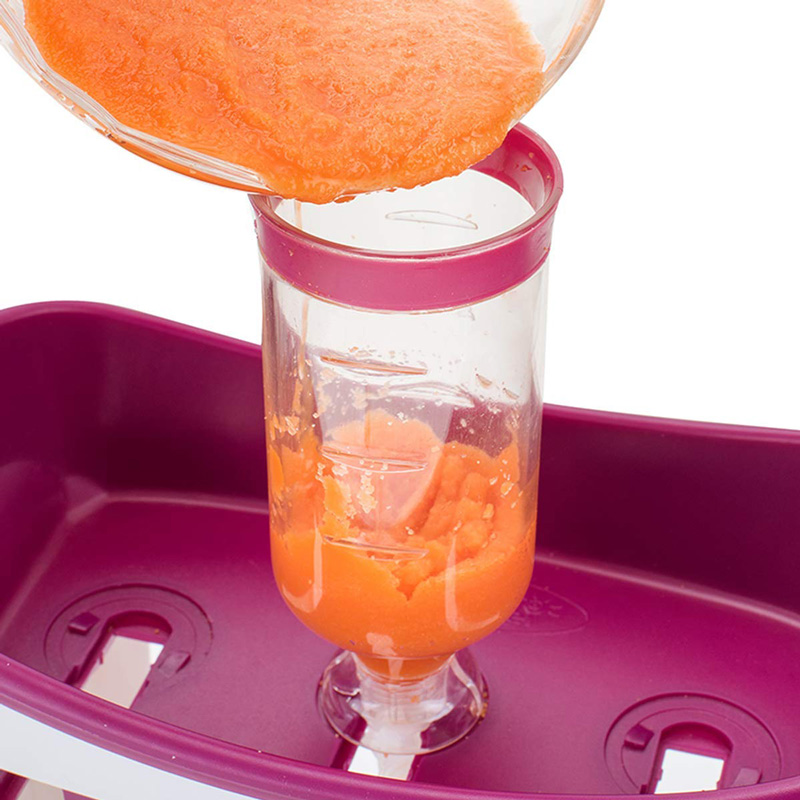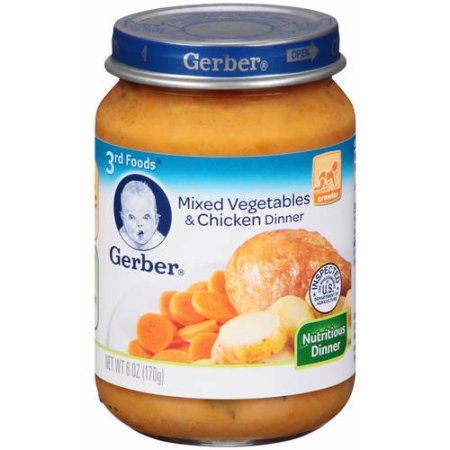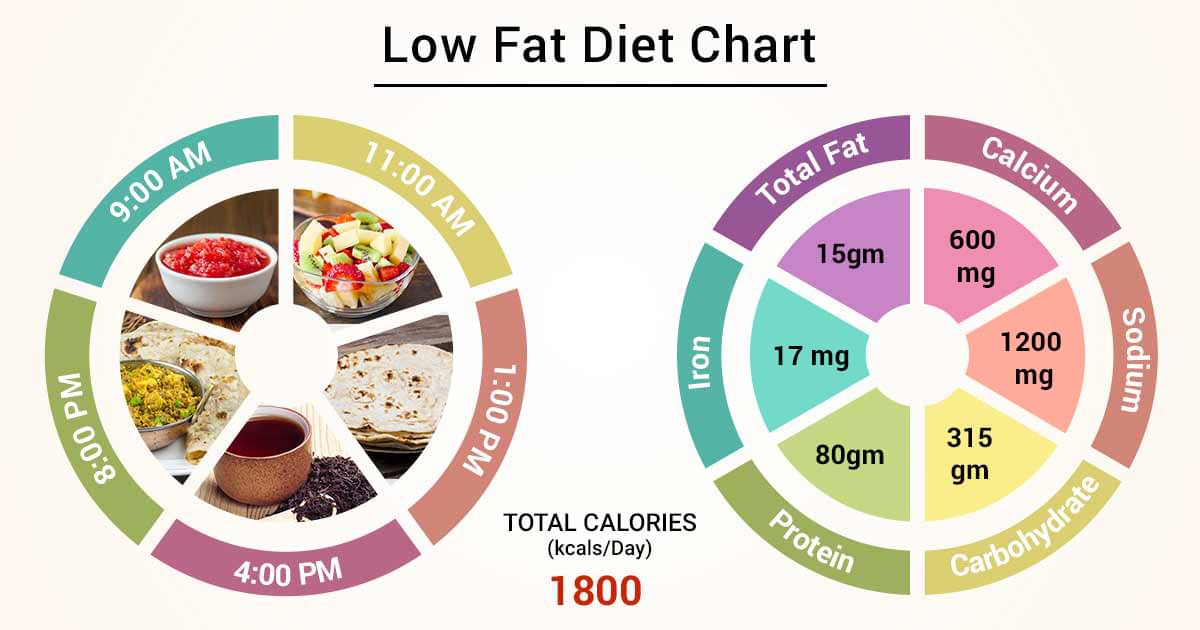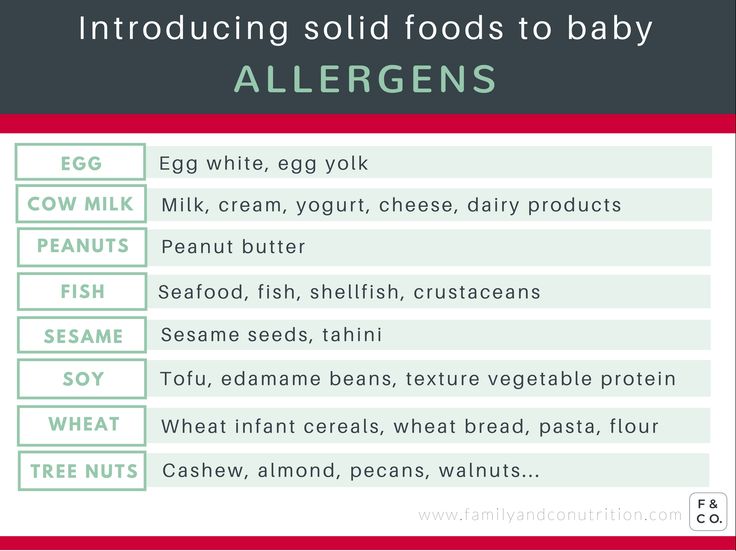What kind of baby food do you start with
Feeding Your 4- to 7-Month-Old (for Parents)
Most babies this age are ready to try solid foods. Experts recommend starting solid foods when a baby is about 6 months old, depending on the baby's readiness and nutritional needs.
Be sure to check with your doctor before giving any solid foods.
Is My Baby Ready to Eat Solid Foods?
How can you tell if your baby is ready for solids? Here are a few hints:
- Does your baby swallow food or push it out of their mouth? Babies have a natural tongue-thrust reflex that pushes food back out. Wait until this reflex disappears (typically when babies are 4–6 months old).
- Can your baby support their own head? To eat solid food, an infant needs good head and neck control and should be able to sit up.
- Is your baby interested in food? Babies who stare, reach and grab, and open their mouths for food are ready to try solid foods.
If your doctor gives the go-ahead but your baby seems frustrated or uninterested in solid foods, try waiting a few days before trying again. Breast milk and formula will still meet nutritional needs as your baby learns to eat solid foods. But after 6 months, babies need the added nutrition — like iron and zinc — that solid foods provide.
Do not add cereal or other food to your baby's bottle because it can lead to too much weight gain.
Watch for signs that your child is hungry or full. Respond to these cues and let your child stop when full. A child who is full may suck with less enthusiasm, stop, or turn away from the breast or the bottle. With solid foods, they may turn away, refuse to open their mouth, or spit the food out.
How Should I Start Feeding My Baby Solid Foods?
When your baby is ready and the doctor says it’s OK to try solid foods, pick a time of day when your baby is not tired or cranky. You want your baby to be a little hungry, but not so hungry that they’re upset. So you might want to give your baby a little breast milk or formula first.
Have your baby sit supported in your lap or in a high chair with a safety strap.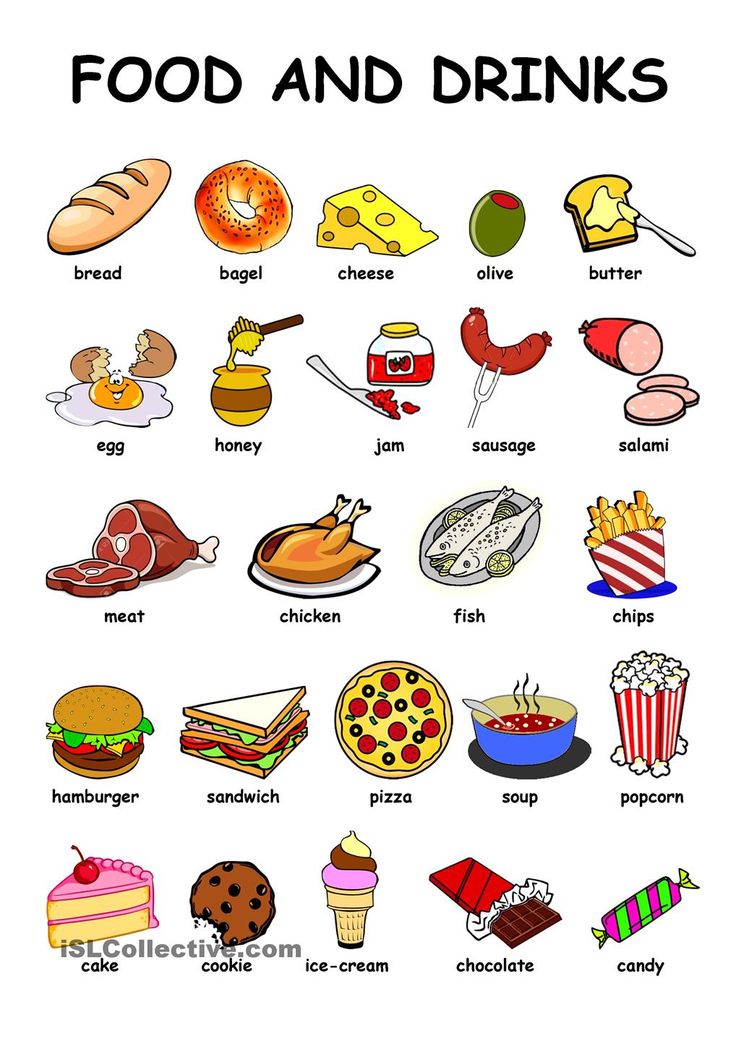
Most babies' first food is iron-fortified infant single-grain cereal mixed with breast milk or formula. Place the spoon near your baby's lips, and let the baby smell and taste it. Don't be surprised if this first spoonful is rejected. Wait a minute and try again. Most food offered to your baby at this age will end up on the baby's chin, bib, or high-chair tray. Again, this is just an introduction.
When your little one gets the hang of eating cereal off a spoon, it may be time to try single-ingredient puréed meat, vegetables, or fruit. The order in which you give them doesn't matter, but go slow. Offer foods that are high in iron and zinc — such as meat, poultry, eggs, and beans — especially if your baby is breastfeeding. Try one food at a time and wait several days before trying something else new. This will let you identify any foods that your baby may be allergic to.
Which Foods Should I Avoid?
Foods that are more likely to cause allergies can be among the foods you introduce to your baby. These include peanuts, eggs, cow’s milk, seafood, nuts, wheat, and soy. Waiting to start these foods does not prevent food allergies. Talk to your doctor if you’re concerned about food allergies, especially if any close family members have allergies, food allergies, or allergy-related conditions, like eczema or asthma.
These include peanuts, eggs, cow’s milk, seafood, nuts, wheat, and soy. Waiting to start these foods does not prevent food allergies. Talk to your doctor if you’re concerned about food allergies, especially if any close family members have allergies, food allergies, or allergy-related conditions, like eczema or asthma.
Infants with severe eczema or egg allergies are more likely to have allergies to peanuts. Talk to your doctor about how and when to introduce these foods to your child.
Possible signs of food allergy or allergic reactions include:
- rash
- bloating or an increase in gassiness
- diarrhea
- vomiting
Get medical care right away if your baby has a more severe allergic reaction, like hives, drooling, wheezing, or trouble breathing.
If your child has any type of reaction to a food, don't offer that food again until you talk with your doctor.
Babies shouldn't have:
- foods with added sugars and no-calorie sweeteners
- high-sodium foods
- honey, until after the first birthday.
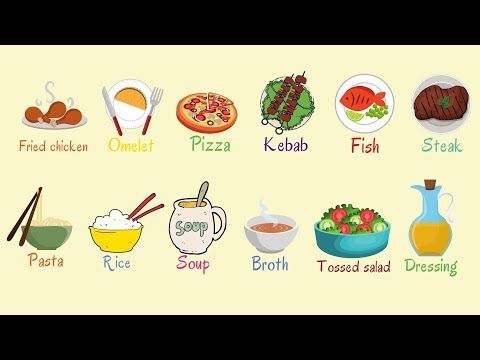 It can cause botulism in babies.
It can cause botulism in babies. - unpasteurized juice, milk, yogurt, or cheese
- regular cow's milk or soy beverages before 12 months instead of breast milk or formula. It’s OK to offer pasteurized yogurt and cheese.
- foods that may cause choking, such as hot dogs, raw carrots, grapes, popcorn, and nuts
Tips for Feeding Your Baby Solid Foods
With the hectic pace of family life, most parents try commercially prepared baby foods at first. They come in small, convenient containers, and manufacturers must meet strict safety and nutrition guidelines.
If you prepare your own baby foods at home, here are some things to keep in mind:
- Follow the rules for food safety, including washing your hands well and often.
- To preserve the nutrients in your baby's food, cook it in ways that keep the most vitamins and minerals. Try steaming or baking fruits and vegetables instead of boiling, which washes away the nutrients.
- Freeze portions that you aren't going to use right away.

- Whether you buy the baby food or make it yourself, texture and consistency are important. At first, babies should have finely puréed single-ingredient foods. (Just applesauce, for example, not apples and pears mixed together.)
- After your baby is eating individual foods, it's OK to offer a puréed mix of two foods. As babies get older, they will learn to eat a greater variety of tastes and textures.
- If you use prepared baby food in jars, spoon some of the food into a bowl to feed your baby. Do not feed your baby right from the jar — bacteria from the baby's mouth can contaminate the remaining food. If you refrigerate opened jars of baby food, it's best to throw away anything not eaten within a day or two.
- Around 6 months of age is a good time for your baby to try a cup. You might need to try a few cups to find one that works for your child. Use water at first to avoid messy clean-ups. Do not give juice to infants younger than 12 months.
Over the next few months, introduce a variety of foods from all the food groups. If your baby doesn't seem to like something, don’t give up. It can take 8 to 10 tries or more before babies learn to like new foods.
If your baby doesn't seem to like something, don’t give up. It can take 8 to 10 tries or more before babies learn to like new foods.
When to Start Baby Food
Starting solids is an exciting and important milestone in baby’s development—one that not only opens them up to a brand-new world of flavors and textures, but also puts them on the right path to growing healthy and strong. Here’s what you need to know about how and when to start baby food for a smooth transition.
In this article:
When to start baby food
How to start baby on solids
Best first foods for baby
Introducing allergenic foods
When to Start Baby Food
Knowing when to start baby food is both crucial and tricky. Starting baby on solids too early means you might increase the risk of choking, obesity and bellyaches, but introducing solids too late means you might slow baby’s growth and encourage an aversion to solid foods, among other conditions. Fortunately, doctors have zeroed in on a sweet spot for starting baby food, which is sometime between 4 and 6 months of age—though, ideally, baby should be receiving their nutrition exclusively from breast milk until the six-month mark, according to the American Academy of Pediatrics (AAP). How to tell if it’s time for starting solids for your little one? Baby will give you clues, including:
How to tell if it’s time for starting solids for your little one? Baby will give you clues, including:
• Baby can sit in a high chair comfortably on their own. This is a major sign in terms of when to start baby food, says Lauren Kupersmith, MD, a pediatrician at Hassenfeld Children’s Hospital at NYU Langone in New York City. It means baby can hold their head up and doesn’t need to be propped up to stay in the upright position, which is important to avoid choking.
• Baby looks interested at mealtime. Babies likes to mimic what we do, so if your child likes to sit up like a big kid and watch you eat, then by all means let them try eating too.
• Baby can move food to the back of their throat to swallow. But if baby tends to push the food out of their mouth—not because they don’t like it, but because they can’t seem to get the food to where it needs to go—hold off on starting solids.
How to Start Baby on Solids
At 4 to 6 months, most of baby’s nutrition will still come from breast milk or formula, so don’t worry if baby doesn’t like eating food right away. Introducing solids is a gradual process, and every baby learns in their own time. Here are some general guidelines for how to start baby on solids:
Introducing solids is a gradual process, and every baby learns in their own time. Here are some general guidelines for how to start baby on solids:
• Feed baby with a spoon. Letting your child go at it with their hands may seem tempting (and super-cute), but it’s best that they learn the right way from the get-go. (And even then, be prepared to clean up more than a few messes!) Also, never put cereal (or any other food) in baby’s bottle—it’s a choking hazard.
• Start slowly. When introducing solids, a half spoonful will do at first—you may even want to talk baby through it (“Yummy!”). To make it easier for baby to get accustomed to the idea of swallowing solids, start mealtime with a little breast milk or formula, then offer some food (again, no more than a half teaspoon at a time) and finish off with more breast milk or formula. If baby cries or turns away when you present the spoon, try again some other time. Start off with introducing solids at one meal a day, then slowly work your way up. The morning is a good place to start, since baby is often hungriest at that time. When starting solids, baby typically won’t eat more than an ounce or two in one sitting.
The morning is a good place to start, since baby is often hungriest at that time. When starting solids, baby typically won’t eat more than an ounce or two in one sitting.
• Try new foods more than once. Since babies’ tastes will evolve, you may need to try a food 20 times before a baby actually likes it, says Kupersmith.
• Stick with the same food for three days before trying another one. This makes it easy to track whether baby is allergic to a particular food.
• Try foods in different forms. If baby doesn’t like pureed food, try it mashed. After all, baby is learning about new textures as well as new tastes. It may be a case of trial and error until you find a winner.
Best First Foods for Baby
Got baby safely strapped into the high chair and bib? You’re ready to finally start feeding baby solids! There aren’t any official food rules for babies starting solids, and there’s no scientific evidence suggesting you should introduce one type of food before another, assuming the foods aren’t choking hazards. Nevertheless, baby cereal (such as oatmeal, rice and barley) is an “easy training food,” says Kupersmith, which is why it’s often recommended as baby’s first food; you can always mix it with more milk to build up to a thicker consistency. Many doctors also recommend starting vegetables before fruits, but there’s no evidence that this would make babies like vegetables more when they grow up—babies innately love sweets, and the order of introducing solids to baby doesn’t change that.
Nevertheless, baby cereal (such as oatmeal, rice and barley) is an “easy training food,” says Kupersmith, which is why it’s often recommended as baby’s first food; you can always mix it with more milk to build up to a thicker consistency. Many doctors also recommend starting vegetables before fruits, but there’s no evidence that this would make babies like vegetables more when they grow up—babies innately love sweets, and the order of introducing solids to baby doesn’t change that.
So why not simply start introducing solids with something you think baby will like? Here are a few common first foods for baby that are healthy and easy to eat (and, in the case sweet potato and banana, also easy to digest). Whatever you decide to feed baby, mash it with a fork or puree before serving whenever introducing solids.
- Baby cereal, such as oatmeal, rice, barley
- Sweet potato
- Banana
- Avocado
- Apples
- Pears
- Green beans
- Butternut squash
If your child has been breastfeeding, check with your pediatrician about getting a jump on pureed chicken or beef when you’re starting solids. These foods contain easily absorbable forms of iron and zinc, which baby needs by 4 to 6 months, according to the AAP.
These foods contain easily absorbable forms of iron and zinc, which baby needs by 4 to 6 months, according to the AAP.
At around 9 months, baby should have already worked their way up to a variety of foods, including cereal, vegetables, fruits, meats, eggs and fish (see below regarding the last two). (Keep in mind, though, that baby will still get the majority of their nutrients from breast milk or formula until age one.) By now, baby will probably settle on three meals a day along with two snacks. Let them consume about 4 ounces of solids at each meal (equivalent to a small jar of strained baby food) and about half that amount for each snack.
Save honey and cow’s milk for after baby’s first birthday—there’s a risk for infant botulism with honey (a type of bacterial poisoning), and baby’s tummy isn’t prepared to digest large amounts of cow’s milk until they’re about one year old. Avoid adult processed foods and foods that are choking hazards (such as sticky foods, like large gobs of peanut butter; hard foods that are difficult to gum, like raw vegetables, nuts, seeds and popcorn; and round, slippery foods that haven’t been cut up, like grapes and cherry tomatoes).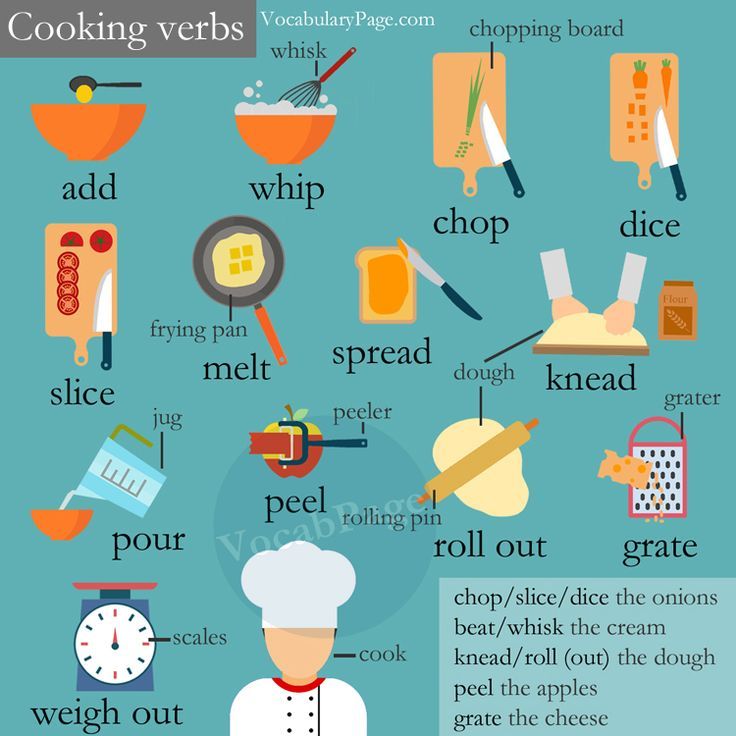 Instead, the first foods for baby, and those in the months that follow, should be soft and served mashed, pureed or (once baby seems ready to move up from the really mushy stuff) cut up into really little bits. “There’s pretty much free reign at that point,” Kupersmith says.
Instead, the first foods for baby, and those in the months that follow, should be soft and served mashed, pureed or (once baby seems ready to move up from the really mushy stuff) cut up into really little bits. “There’s pretty much free reign at that point,” Kupersmith says.
Introducing Solids Chart
Hesitant about improvising your first foods for baby? That’s okay too. If you prefer an “introducing solids chart” to help you plan out baby’s path, the guide below can come in handy.
Image: The Bump
Introducing Allergenic Foods
Much of the confusion around when to start baby food stems from questions concerning allergenic foods. These are foods that babies are most often allergic to. The major culprits include dairy, eggs, fish, peanuts and tree nuts. In the past, parents were advised to hold off on exposing baby to these foods, but now doctors recommend introducing them early, often and in age-appropriate format, which means starting off with purees and soft textures.
“Dairy is an easy starting point, given options such as yogurt and cheese,” says David Stukus, MD, director of the Food Allergy Treatment Center at Nationwide Children’s Hospital and a spokesperson for the American College of Allergy, Asthma, & Immunology. You can also try scrambled eggs in small amounts, although baby may not be too pleased with the texture at first.
As far as peanut products go, the National Institutes of Health issued new guidelines in 2017 that encourage parents of children at high risk for peanut allergies to incorporate them into baby’s diet at 4 to 6 months of age. Giving these babies peanut products before the age of one actually decreases their risk of developing a peanut allergy before age 5 by 81 percent, compared to kids who are introduced to peanuts later in life. Parents of kids without the food allergy risk can start peanut products whenever they’d like, as long as the nuts are in an age-appropriate form: Peanut butter can be thinned out with water or mixed into a fruit or vegetable puree, and peanut powder can also be mixed into cereal and fruits.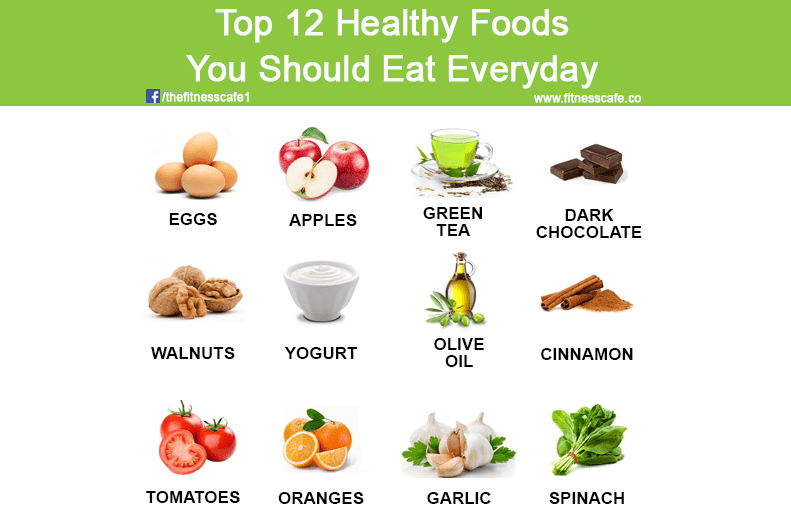 Don’t give whole peanuts or pieces of peanuts, since they’re a choking risk.
Don’t give whole peanuts or pieces of peanuts, since they’re a choking risk.
Allergic reactions to food are never just a fluke; they will happen with every exposure. Symptoms can range from mild (such as a rash or vomiting) to severe (such as trouble breathing). If baby has a food allergy, you’ll notice a reaction within minutes or up to two hours after eating the problematic food, Stukus says. If the symptoms are severe, call 911 right away. Otherwise, talk to your pediatrician; she can help confirm whether it’s an allergy or some other type of condition (such as a viral illness).
Expert bios:*
Lauren Kupersmith, MD, IBCLC, is a pediatrician and clinical instructor at Hassenfeld Children’s Hospital at NYU Langone in New York City, as well as a certified lactation consultant. She earned her medical degree from New York Medical College in 2005.
David Stukus, MD, is the director of the Food Allergy Treatment Center at Nationwide Children’s Hospital, an associate professor of pediatrics in the division of allergy and immunology and a spokesperson for the American College of Allergy, Asthma, & Immunology.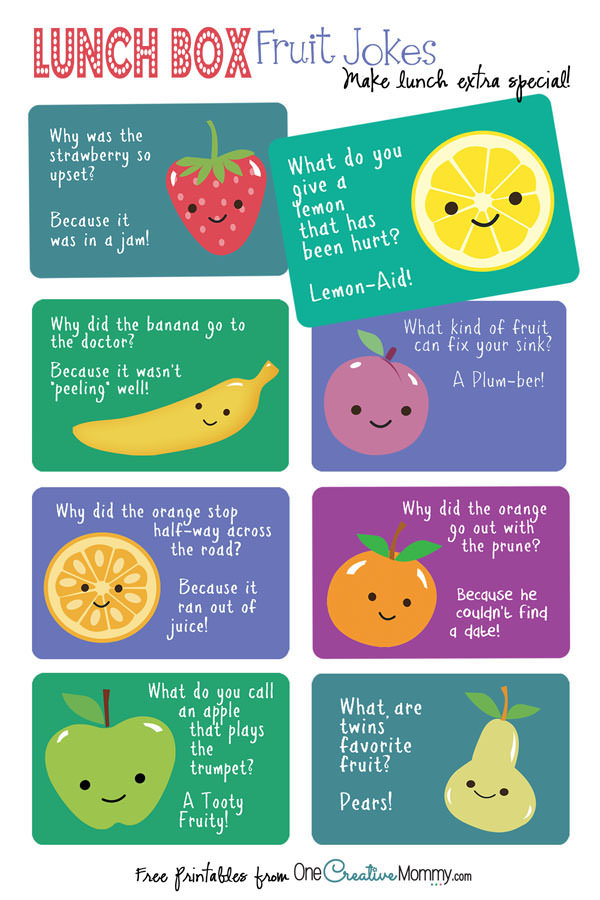 He earned his medical degree from University of Pittsburgh School of Medicine in 2002.
He earned his medical degree from University of Pittsburgh School of Medicine in 2002.
Updated January 2020
Please note: The Bump and the materials and information it contains are not intended to, and do not constitute, medical or other health advice or diagnosis and should not be used as such. You should always consult with a qualified physician or health professional about your specific circumstances.
From 4 to 6 months
Breast milk is the best food for your baby.
It is very important that the baby consumes breast milk for as long as possible.
The right age to start complementary foods
It is recommended to start introducing complementary foods into the baby's diet no earlier than 4 months, but no later than 6 months*. At this age, the baby is in the active phase of development and reacts with curiosity to everything new! Some babies at 4 to 5 months of age can no longer satisfy their appetite with breast milk alone and need complementary foods for healthy growth.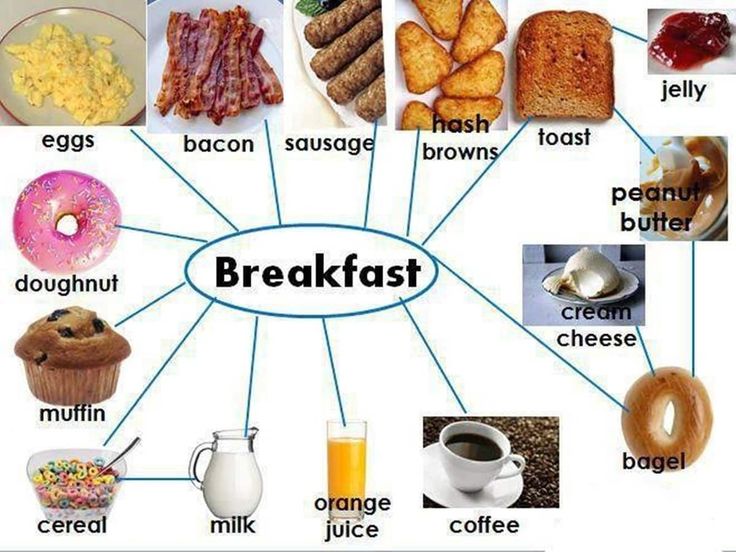 Other children have enough breast milk, and they are ready for the introduction of complementary foods only after 6 months. The decision to start complementary foods should always be made according to your baby's development. Do you feel like your baby is not getting enough breast milk? Does your baby hold his head on his own, show interest in new foods or a spoon? Then it's time to start feeding. If in doubt, consult your pediatrician.
Other children have enough breast milk, and they are ready for the introduction of complementary foods only after 6 months. The decision to start complementary foods should always be made according to your baby's development. Do you feel like your baby is not getting enough breast milk? Does your baby hold his head on his own, show interest in new foods or a spoon? Then it's time to start feeding. If in doubt, consult your pediatrician.
If your baby spits out the first spoonfuls of puree, be patient. After all, he must first learn to swallow it. Start with a few scoops and give your child time to get used to the new form of feeding.
*Recommendation of the Nutrition Committee of the European Society of Pediatric Gastroenterology, Hepatology and Nutrition (ESPGHAN)
Why is complementary food important for the baby?
After 4-6 months of life, mother's milk or milk formula alone is not enough to supply the child's body with all the nutrients and necessary energy.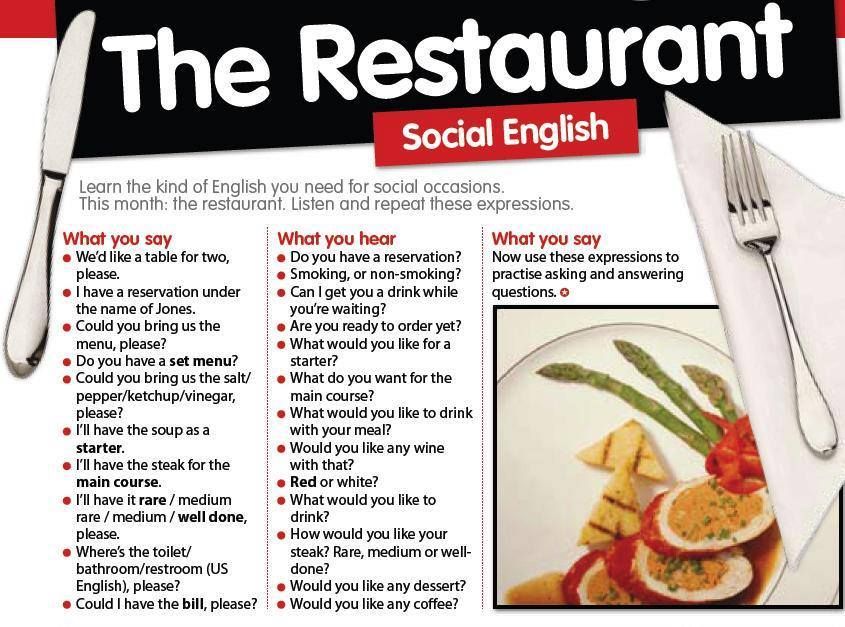 In addition, the transition to solid food trains the muscles of the mouth. And finally, with the introduction of complementary foods, the child will get acquainted with the variety of taste directions, which is also important for his development.
In addition, the transition to solid food trains the muscles of the mouth. And finally, with the introduction of complementary foods, the child will get acquainted with the variety of taste directions, which is also important for his development.
When to start complementary foods?
Gradually replace one breastfeed with complementary foods. First for lunch, then for dinner and finally for lunch. The mouse eats breakfast with the usual dairy food.
Starting complementary foods with HiPP products is easy. The first spoons will be vegetable or fruit purees HiPP:
First step: lunch
We recommend that you start complementary foods at lunchtime with HiPP vegetable puree (for example, "Zucchini. My first puree", "Cauliflower. My first puree" or "Broccoli .My first puree"). Then, for satiety, feed your baby as always: breast or bottle. The amount of vegetable puree can be increased daily by 1 spoon. Be patient if your baby does not immediately love vegetables.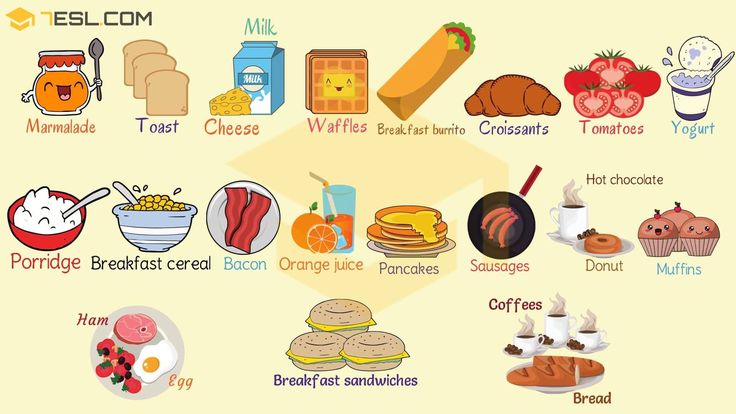 Try repeating the vegetable puree in the following days. Next week, you can expand your diet with other varieties of HiPP vegetables (for example, "Carrots. My first puree" or "Potatoes. My first puree").
Try repeating the vegetable puree in the following days. Next week, you can expand your diet with other varieties of HiPP vegetables (for example, "Carrots. My first puree" or "Potatoes. My first puree").
If your baby tolerates vegetables well, in the third week you can introduce grain porridge into the diet, and as a dessert, offer a few spoons of fruit puree enriched with vitamin C. Vitamin C helps to better absorb iron in the body.
Once your baby starts eating a whole serving of mashed potatoes for lunch, you can eliminate breast milk or formula during that meal.
Tip: Reheat as much puree as needed for feeding. Store leftover puree in a sealed jar in the refrigerator. Use the contents of the opened jar within a day.
Important! If you are using a microwave, please remove the lid before reheating puree. Stir after heating. To prevent damage to the jar, please use only a plastic spoon. Always check food temperature before feeding.
from 6 months
HiPP product groups can be recognized by the following color coding:
Learn more: Advice
Video: Weaning introduction - OB tips Video: Baby massage Diet
From birth to 4 months From 4 to 6 months From 6 months From 7 to 9 months From 10 months to 12 months
Food and drinkDigestion of the babyOn holiday with the babyAllergySleepCrying of the babyMotor skills and speech
Choice of complementary foods
No age restrictions from the first daysfrom 1 monthfrom 4 monthsfrom 5 monthsfrom 6 monthsfrom 7 monthsfrom 8 monthsfrom 9 monthsfrom 10 monthsfrom 12 months
Choose a product categoryVegetable purees - Vegetable puree from 4 months - Vegetable puree from 5 months - Vegetable puree from 6 months - Vegetable puree from 7 months - Vegetable puree from 8 months Fruit puree - from 4 months - from 5 months months - from 6 monthsMeat purees - Meat pureesMeat and vegetable menu - from 8 months - from 12 monthsFish and vegetable menu - from 9Soups - from 6 months - from 7 months - from 8 months - from 12 months - From 18 months "Good night" in jars - Cereal porridge with fruits in jarsDrinks - Health drinks - Granulated teas - Tea bags - JuicesCookies - Cookies
Baby's first complementary foods at 4-6 months - where to start with porridge or vegetable puree? Principles, schemes for the introduction of complementary foods
At what age and when should complementary foods be started? What do you think? At 4 months, at 5, 6 months later? And where to start, what to give preference to: cereals or vegetable puree? Or maybe first give tasty and healthy fruits?
We have already made a whole series of video lectures on complementary foods for children, by months and products, but we are faced with the fact that many parents ask what is the best way to start complementary foods and at what age it is advisable to introduce it.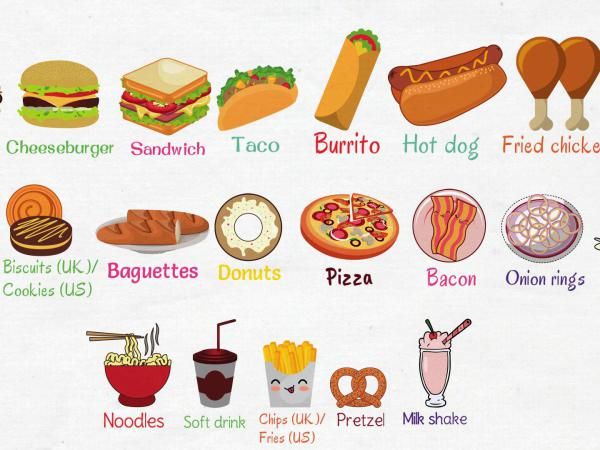
Surprisingly, parents have especially many questions and uncertainties, whose children are breastfeeding . You quite often confuse the two concepts until what age it is advisable to breastfeed and at what age it is worth introducing complementary foods.
Valid according to all recommendations, breastfeeding is necessary for the baby at least up to 6 months , and if possible longer. But this does not mean at all that a child at 5 or 6 months does not need complementary foods that will not allow the development of deficient conditions in a child, for example iron deficiency . Modern principles of introducing complementary foods to children are a kind of fusion of practical experience and the latest scientific developments. They are based on the recommendations of the European Association of Pediatric Gastroenterologists, Hepatologists and Nutritionists " ESPGHAN " 2017, the American Academy of Pediatrics " AAP " and national recommendations of relevant ministries and associations.
According to European recommendations, which also apply to our countries, the first complementary foods should be started:
That is optimal, Complementary foods should be introduced within 5-6 months life. There is no specific, clear, unambiguous age at which complementary foods should be introduced. You have a certain corridor - 2 months and you and your pediatrician must decide when to start complementary foods, focusing on how the child develops, how he gains weight, whether he has signs of readiness for complementary foods, which we have already talked about in previous our videos, what hemoglobin is, and even if you have enough milk if the baby is breastfed. At the same time, there is a kind of paradoxical situation, despite the fact that breast milk is the best food for babies ,
Quite often, scientists recommend that breastfeeding children introduce complementary foods a little earlier including iron, and in breast milk for a child aged 5-6 months, it may already be a little lacking.
At the same time, there are no separate recommendations for introduction of complementary foods for breastfed or formula-fed children, approaches in these cases are the same . Thus, I hope that we have understood when to introduce complementary foods to healthy full-term babies who do not have serious diseases. Timely introduction of complementary foods contributes to the optimal development of all systems and organs of the child, physical parameters, psychomotor development, and the activity of the nervous system. The period of introduction of complementary foods, on the one hand, is very important for the growth and development of the child, on the other hand, it is a kind of stage in the transition of the child from breastfeeding to food from the general table.
First complementary foods - where to start?
- If the child develops normally , has a good or even excessive weight gain, it is better to start with one-component vegetable puree .

- If the child is not gaining weight well enough, then gluten-free cereals are better: rice, buckwheat, corn
- Do not start with fruit complementary foods
The child is very smart and if he tries sweet fruit puree, he can refuse relatively tasteless vegetable foods and cereals for a long time, and you may have difficulty introducing these healthy dishes.
Which is better factory-made or homemade?
Quite often we are asked what is better to give: ready-made vegetable purees and cereals, that is, factory-made, or making them yourself at home. It's up to you to decide. I often recommend industrial products from European manufacturers to my patients, because I am confident in the very strict quality control of baby food in Europe, but if you are confident in the products and water that you have at home, you can do everything yourself.
What is healthy in vegetable supplements and what is the best way to prepare it?
Vegetable puree - for the first feeding can be prepared from cauliflower, zucchini, pumpkin, broccoli and vitamins and microelements! Fiber helps move food through the digestive tract and promote beneficial microflora in the gut. Pectins absorb and remove toxins from the baby's body. Vegetables have a positive effect on the acid-base balance of the body, creating conditions for the proper functioning of all organs and systems.
Cauliflower - is a source of fiber, protein, minerals and various vitamins, it contains a lot of magnesium, sodium, potassium, phosphorus, calcium, iron.
Iron it contains twice as much as green peas, peppers and lettuce. Cauliflower protein is easily digestible and its content is quite significant. The cauliflower protein contains methionine . It is one of the essential amino acids that cannot be synthesized by the human body. Other essential amino acids are also present in a small amount: arginine, tryptophan.
It is one of the essential amino acids that cannot be synthesized by the human body. Other essential amino acids are also present in a small amount: arginine, tryptophan.
Zucchini - rich in vitamins and microelements. It contains potassium, magnesium, phosphorus, calcium, vitamins, folic acid. The latter plays an important role in the processes of hematopoiesis. Zucchini is rich in trace elements that are necessary for the formation of nervous tissue, normal metabolism, and the formation of hemoglobin.
Broccoli is a very healthy vegetable that is a type of cauliflower. Pleasant soft taste and good digestibility of the product, the unique composition has a positive effect on the health of children. Eat unopened cabbage inflorescences.
This is also a low-allergenic vegetable rich in protein, fiber, vitamins, calcium, iron, trace elements and even phytoncides. The content of calcium and magnesium in broccoli is enough to balance the functioning of the nervous system, ensure the normal regulation of the child's sleep cycle, good resistance to stress. When eating this vegetable, the child becomes calmer, less excited and naughty. In addition, broccoli is the leader in content choline and methionine that the child needs.
When eating this vegetable, the child becomes calmer, less excited and naughty. In addition, broccoli is the leader in content choline and methionine that the child needs.
Pumpkin - the largest vegetable on Earth. It is one of the ten most useful vegetables in the diet of children, contains a large amount of healthy proteins, fiber and vitamins, iron, potassium, magnesium and trace elements, which are indispensable for children's nutrition, as they strengthen the immune system and help fight inflammation, have a positive effect on the nervous system .
Vitamins and microelements contained in pumpkin help the child grow, provide healthy sleep, are responsible for the condition of the skin and eyes, improve metabolic processes, and accelerate the removal of harmful substances from the child's body. Due to its beneficial qualities, pumpkin can be one of the first types of complementary foods for a baby. All vegetable purees have a specific vegetable smell, this is absolutely normal.
Scheme for the introduction of vegetables in baby food
You need to introduce vegetables into the child's menu gradually. Each new vegetable should be started as a single-component puree in the amount of ½ teaspoon , preferably at breakfast, so you can track the manifestations of a food allergy or intolerance reaction to the product. If all is well, then the next day offer him a teaspoon .
So, gradually, you need to bring the portion to the age norm. Portion of vegetable puree per day for a child 6 months old - is about 100 grams, at this age you can start adding vegetable oil to vegetable puree and gradually bring to 1 teaspoon ), the rest of the portion is replenished with breast milk or formula. A serving of vegetable puree is 200 grams per year. The next vegetable product can be introduced no earlier than 4-5 days later, when the child gets used to the one he is already eating. In the future, you can make mashed potatoes from several vegetables. But don't be too hasty. If the child has a rash on the skin, diarrhea or constipation, then you need to temporarily remove the product from the diet, and after a while try again. If an undesirable reaction occurs again, it is better to exclude such a product from the child's diet for 6 months and consult a pediatrician.
In the future, you can make mashed potatoes from several vegetables. But don't be too hasty. If the child has a rash on the skin, diarrhea or constipation, then you need to temporarily remove the product from the diet, and after a while try again. If an undesirable reaction occurs again, it is better to exclude such a product from the child's diet for 6 months and consult a pediatrician.
If the child did not like the dish, for example, did not like broccoli, do not give up on what was planned and continue to offer it in small quantities - 1-2 spoons a day, you can not even once, but 2-3 times before meals, and after 7 - 10, and sometimes 15 days, the baby will get used to the new taste.
This will diversify the diet, help the child form the right taste habits. Porridges, as a rule, are the second complementary food after vegetable puree.
How and when to introduce porridge as the first complementary food?
If your child is not gaining weight very well, then complementary foods can be started with the introduction of cereals.
 It is important to start by choosing one-component, low-allergenic cereals that do not contain gluten: these are buckwheat, rice, corn porridges .
It is important to start by choosing one-component, low-allergenic cereals that do not contain gluten: these are buckwheat, rice, corn porridges .
gluten-containing cereals include: wheat, oats, rye, barley, millet.
According to modern data , the period of introducing gluten into the child's diet is not of fundamental importance, but the latest recommendations draw attention to the fact that the amount of gluten in the diet of a baby up to a year old should not be large. Therefore, semolina and oatmeal porridge is better to add to other porridge in a limited amount , and not to give a whole separate portion of such porridge. If your child hasn't tried porridge yet, start with a dairy-free, gluten-free, one-ingredient buckwheat or rice porridge. Please note that completely eliminating cereals containing gluten from the child's diet is also a bad idea, the child should familiarize himself with such cereals before 8 months of age.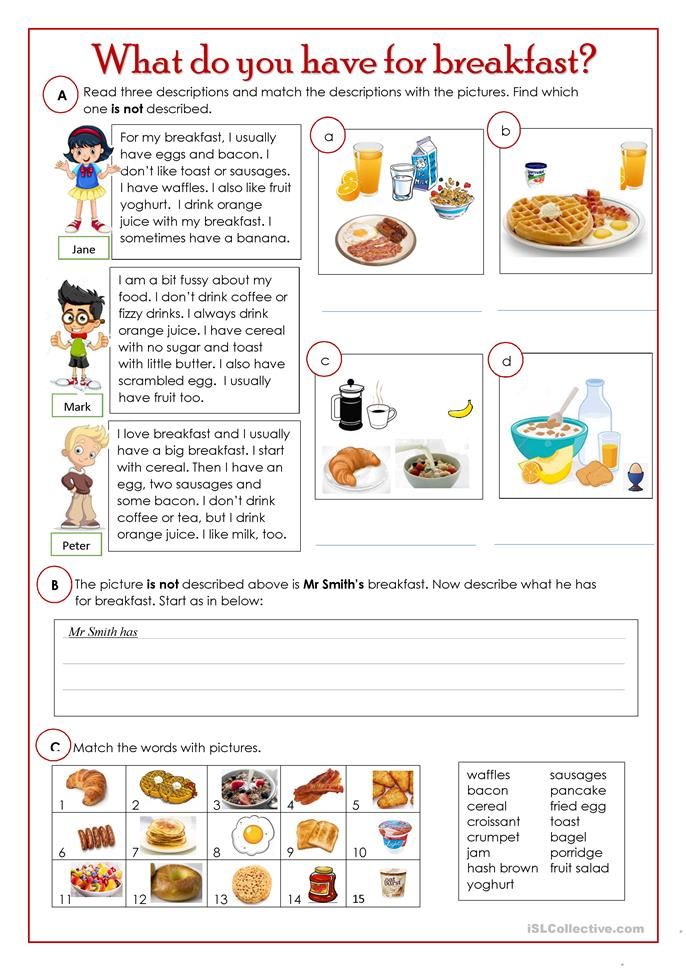
Rice - very useful for growing baby. It has a low content of vegetable proteins, so it is easily digestible and is especially useful for children with loose stools . Rice has a high nutritional value and protects the baby's tender intestines to a certain extent thanks to its enveloping effect . This is a hearty and nutritious dish with a good content of carbohydrates and proteins, potassium and magnesium, calcium and phosphorus, beneficial amino acids and vitamins. It covers energy costs, energizes and gives strength. But rice is not recommended for overweight children and those who suffer from severe constipation.
Gluten-free buckwheat porridge - very nutritious and rich in iron, fiber, rich in various vitamins and microelements. This is a very good option for to introduce a child to adult food . All porridges can be prepared with water, breast milk, milk formula, which your child is used to. It is not recommended to give ordinary cow's milk to a child under one year old and use it to make cereals. No need to add salt and sugar.
It is not recommended to give ordinary cow's milk to a child under one year old and use it to make cereals. No need to add salt and sugar.
If a child already eats porridge from 5 months - then at 6 months you can offer a more complex porridge, for example: rice porridge with apricot or raspberries, rice porridge with banana
is very successful
combination both in taste and properties) or even more complex porridge - corn-rice with banana .
Subsequently, apple, banana, pear, plum and prunes, apricot and dried apricots, broccoli, carrots, berries can be added to the porridge, provided that the child is not allergic to them.
Rules for the introduction of cereals as complementary foods for the baby
The same as for vegetable puree. To make it easier for the child to get used to the new product and its consistency, first prepare 5% porridge: 5 g of cereal per 100 g of water if you make it yourself.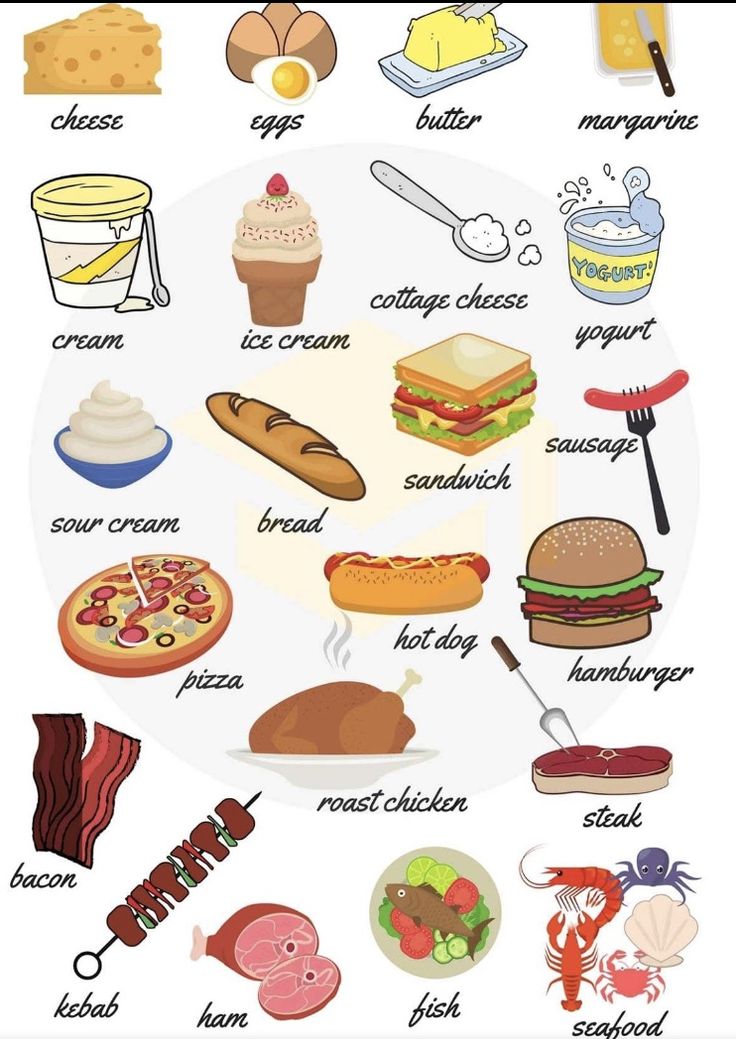 Porridge is usually cooked with water, but can be made with breast milk, infant formula. First, give the baby one teaspoon of porridge, then during 7-10 days bring the volume of porridge of the same percentage to the full volume of feeding, for example 150 g.
Porridge is usually cooked with water, but can be made with breast milk, infant formula. First, give the baby one teaspoon of porridge, then during 7-10 days bring the volume of porridge of the same percentage to the full volume of feeding, for example 150 g.
there are no skin rashes, the child has a normal stool - they switch to the gradual introduction of porridge of the same cereal, but already 10% concentration: 10 g of cereal per 100 g of water . Full introduction of 10% porridge to the baby is also carried out for 7-8 days . The third week falls on the complete addiction of the child to a new dish. Only after that you can introduce a new cereal in the form of 10% porridge or the next complementary foods. Porridge should be given from a spoon, preferably in the morning, for breakfast . After porridge, at the stage of its introduction, the child should be offered breast or milk formula.
When artificially fed - the volume of the mixture after a portion of porridge should be such that together with porridge it is 200 ml for five feedings. In the future, the volume of a serving of porridge gradually increases, amounting to 160-170 ml at 7-8 months, 170-180 ml at 8-9 months, and up to 200 ml after 9 months (there is a complete replacement of one feeding of the child with complementary foods.
Cereal schedule
- day - 1 teaspoon 5 g
- day - 2 teaspoons 10 g
- day - 3 teaspoons 15 g
- day - 4 teaspoons 20 g
- day - 50 ml 50 g
- day - 100 ml 100 g
- day - 150 ml 150 g
General rules for the introduction of first complementary foods
Concluding our meeting, I would like to dwell on the general rules for the introduction of complementary foods to children in the first year of life, 10 tips from the professor:
- It is better to introduce the first complementary foods in the morning 9-11 am
- Do not add sugar or salt .
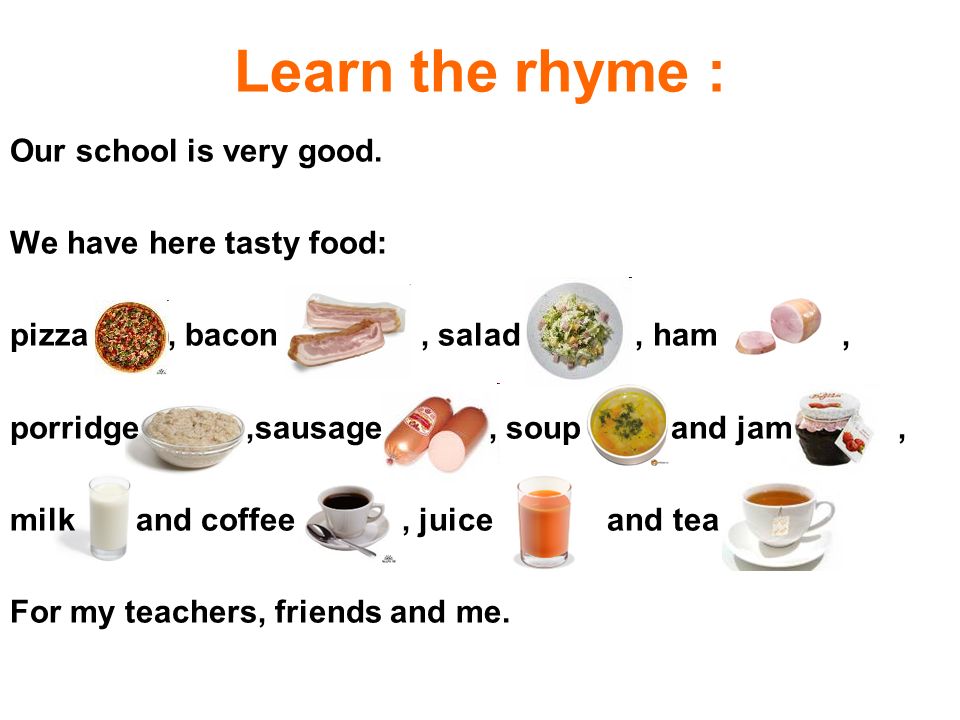
- When the child is calm and not tired.
- Start with 0.5-2 teaspoons . If the child refuses, do not insist.
- If there is no rash, skin changes, stool changes, double the dose the next day. Gradually, in 7-10 days bring the first complementary foods of the child to the age norm : 100-200 g
- If there is an allergic reaction - refuse for 3 days
- Each subsequent new complementary food must be one-piece
- A dish of mixed foods give when the child has already become familiar with all foods separately.
- It is not advisable to introduce new products 3 days before and after vaccinations.
- Start feeding your baby at ode when you start feeding.



